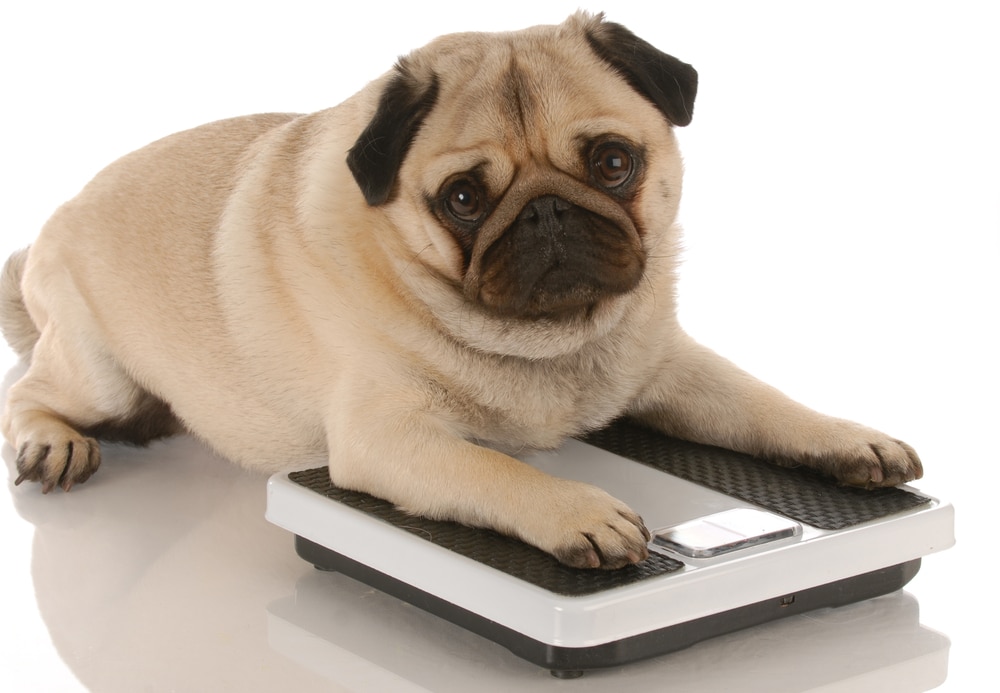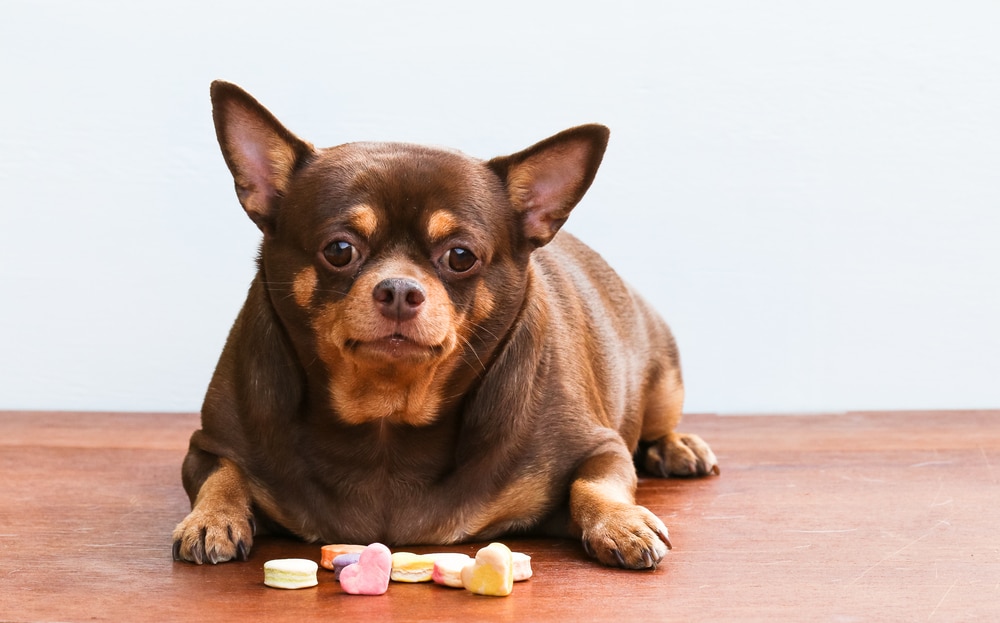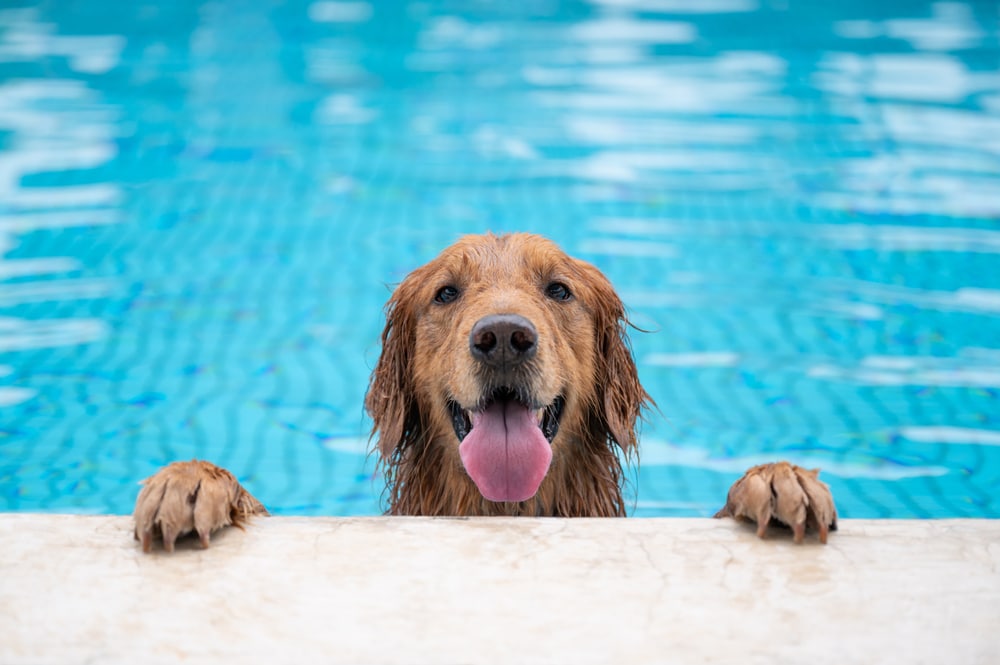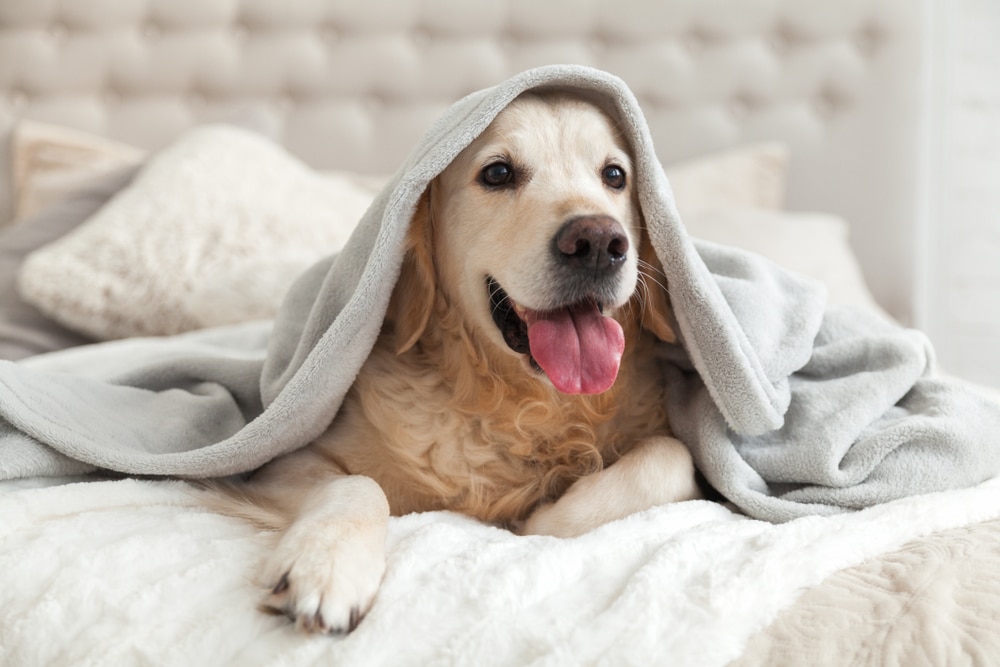Obesity is a global epidemic affecting 2 in 3 Australians; we are all aware of the risks associated with being obese or overweight as humans, but have you ever wondered how that little bit of extra weight may be affecting your pet? Yes, pet obesity is real, and almost half of dogs in Australia are overweight or obese. We are the first to admit that a ‘chonky’ dog or cat can be ridiculously cute, but we are also aware of the risks associated with obesity in pets, and given the choice, we choose a healthy pet over a cute pet. Just like humans, it can be so easy for your pet to put the weight on, but it can be a challenge to get the weight off, and keep it off. Here, we give you tips and tricks on how to identify if your pet is overweight, outline the risks of being overweight, and explain how raw pet food can help your pet get into the best shape they will ever be in!
SYMPTOMS
So you may think your pet is looking a little on the heavy side, but how can you tell for sure it’s time to do something about it? Look out for the following signs:
Rib Test
Feel near your pet’s spine. If you can’t easily detect where their ribs are, they may be overweight.
Laziness
If your pet needs assistance getting up and down, or refuses to go for walks, they are most likely overweight.
Excessive Panting
This one is similar to humans. Humans that are overweight can struggle to breathe with slight exercise; if your dog can’t stop panting they may be overweight.
Weight Gain
Sometimes the eye can simply detect weight gain. If you have a naturally small cat or dog and they have excess body fat for their size, they may be on the heavy side.
RISKS
This part is important. If your pet is overweight or obese, they are most likely very uncomfortable. They are also at risk of much more serious health problems such as:
- Trouble breathing
- Lung problems
- Reduced quality of life and reduced lifespan
- Increase Arthritis risks
- Diabetes
- Greater risk of heat stroke
- Pancreatitis
- Hip dysplasia
- Sore joints
CAUSES
So you have identified that your pet is overweight, you’re aware of the risks, and you want to do something about it. The first step to treating obesity is identifying the cause. Surprisingly, there are more causes to pet obesity than just too much food or too many treats.
Too little exercise
If your dog is getting older, has been injured, or it’s simply been raining for months on end and your pet hasn’t been getting as much exercise as they used to, it is important to adjust their dietary intake accordingly. You may have been feeding them the same amount over the last five years, forgetting that they have gotten older and haven’t been exercising as much as they were five years.
Neutering
Neutered pets can sometimes retain more fat due to a change in hormones. Any kind of tampering with any mammals sexual organs can disrupt hormones and ultimately cause weight gain.
Underlying health issues
If you are concerned your pet’s weight gain is being caused by underlying health issues, and they are showing symptoms other than simple weight gain, we suggest seeing a vet.
MAJOR CAUSES
If you have identified your pet’s weight gain is not linked to any of the previously mentioned causes, it is more than likely food related. This doesn’t necessarily mean you’re feeding your pet too much food, but the wrong kind of food. There are many reasons why the food you’re feeding your pet may be causing weight gain:
Additives
Additives in commercial and processed food can make your dog feel like they need to keep eating, even if they are full.
Carbohydrates
If you’re just feeding your pet dry food (kibble), their diet is more than likely 50% carbohydrates. Just like human food, commercial dog food companies use carbohydrates to ‘fill’ their food. These carbohydrates rarely have any nutrients, they just make your pet feel full.
Pet Mince
“Pet” mince is usually half the price of human mince, have you ever wondered why? It is usually because they are selling carcass as “meat”, which can look the same. This “meat” does not have the same nutritional value as normal meat.
Sugar, Corn, Fillers – Oh my!
Just like carbohydrates, commercial dog food companies can fill their food with fillers, sugar, corn, soy, dyes, artificial flavours and preservatives. When these ingredients make up 50% of the food you are feeding your pet, your pet is only receiving half the nutrition they desire.
HOW CAN RAW FOOD HELP?
Drool Pet Co’s Raw Pet Food is naturally free from any nasties. Our raw pet food does not contain any steroids, gluten, grains, by products, preservatives, growth hormones, chemicals, fillers, salt, colours, dyes and flavour enhancers. Our raw pet food contains only natural ingredients you can recognise, and even pronounce and our meat is 100% Australian meat locally sourced right here in Cairns, Australia. This means our raw pet food does not contain additives, carbohydrates to fill your pet’s stomach, fake pet mince or any fillers – the nasty ingredients that could be contributing to your pet’s weight gain!
A raw food diet in conjunction with a healthy amount of exercise could be the answer you are looking for to take a couple of kilos off your pet’s weight. Your pet will also experience several additional benefits when they transition to raw pet food, such as:
- More energy
- Increased vitality
- Improved cognitive function
- Reduced hair loss
- Immune system support
And many more! You can read more about the benefits of a raw pet food diet here.
So if your pet is getting enough exercise, has a healthy hormone balance and no underlying health issues contributing to their weight gain, we suggest transitioning your pet to a raw pet food diet and you will witness a change in your pet’s health in as little as 30 days.








Leave A Comment